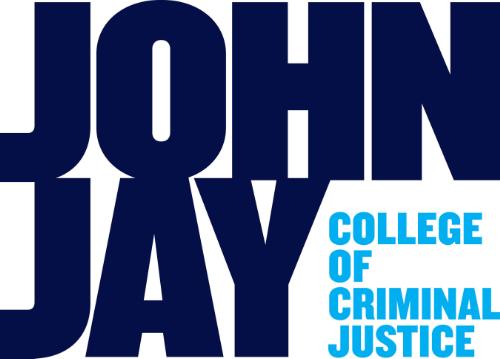
Publications and Research
Document Type
Article
Publication Date
5-6-2014
Abstract
Background: In 2009, New York reformed its “Rockefeller Drug Laws”, terminating mandatory imprisonment for many drug charges and expanding the availability of treatment alternatives to incarceration. The reforms occurred in an environment characterized by high incarceration rates, racial/ethnic disparities in drug convictions and incarceration rates, and expanded use of alternatives to incarceration. Early administrative data show a large impact on the criminal justice system. Few studies have considered the reforms from the providers’ perspective and none have sought to understand how providers are experiencing the reforms in their everyday practice.
Methods: To provide a providers’ perspective, we use a qualitative, case-study approach entailing in-depth interviews with drug treatment program leaders and staff in six of the leading New York City drug programs, all with extensive experience treating court-mandated clients. Our goal was to assess treatment providers’ experiences during the reforms’ first years in effect.
Results: The providers’ reports indicate that no new administrative structures or processes have been developed to foster a changed relationship between the treatment system and the criminal justice system; that the reforms failed to establish an enhanced role for treatment providers in the courts; and that client assessment, decisions on choice of treatment modalities, and program length for mandated clients continue to be dominated by criminal justice rather than clinical concerns. The providers also report some improvements in their communications and relationships with court employees involved in court-mandated cases.
Conclusion: Despite some positive changes, implementation issues are potentially limiting the reforms’ ability to capitalize fully on the potential cost-savings and improvements in public health and safety that can result from the appropriate use of drug treatment as an alternative to incarceration. What appears to be occurring alongside the evolving shift from punishment to treatment under the terms of the reforms is a growing demand for treatment providers to meet the requirements of the powerful criminal justice system.


Comments
This article was originally published in Health and Justice, available at https://doi.org/10.1186/2194-7899-2-10.
This article is distributed under the terms of the Creative Commons Attribution License (CC-BY 2.0).